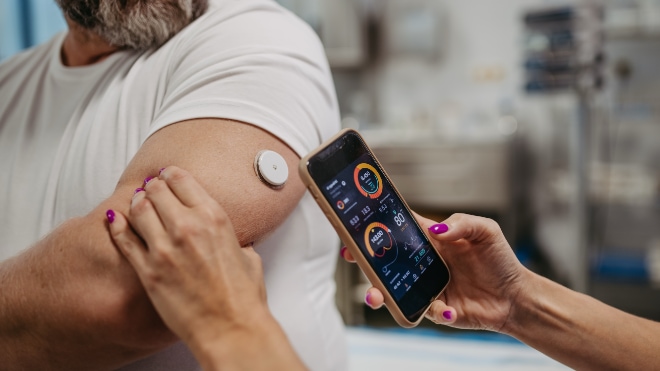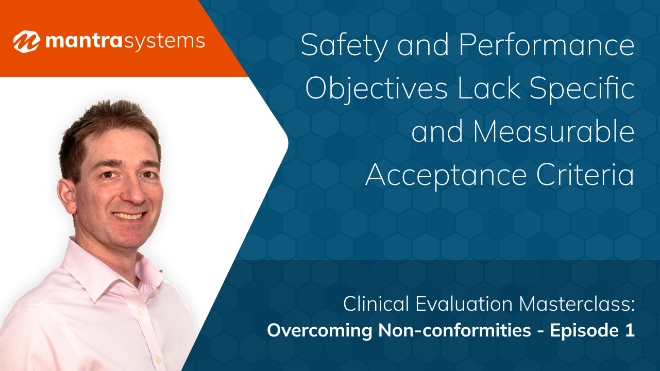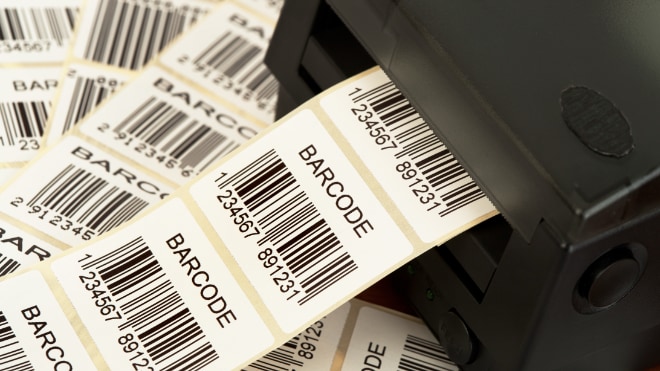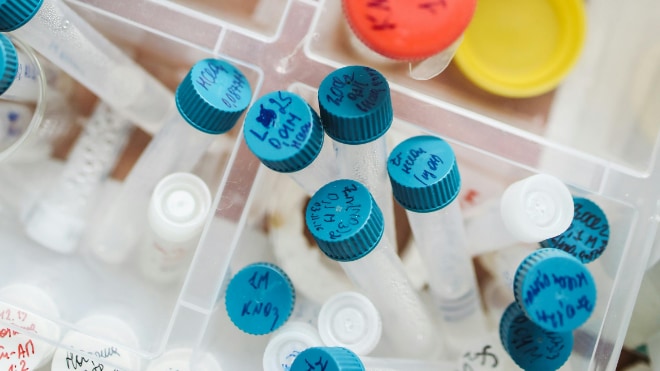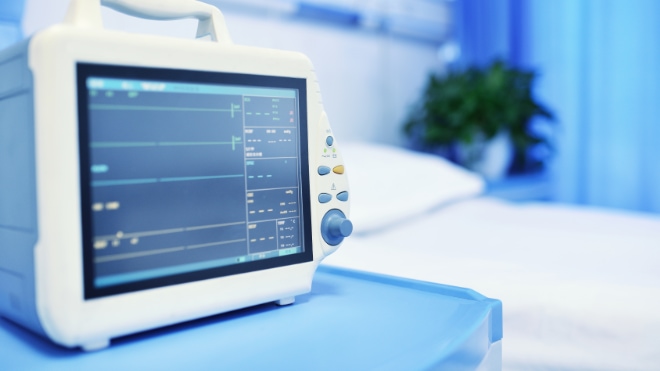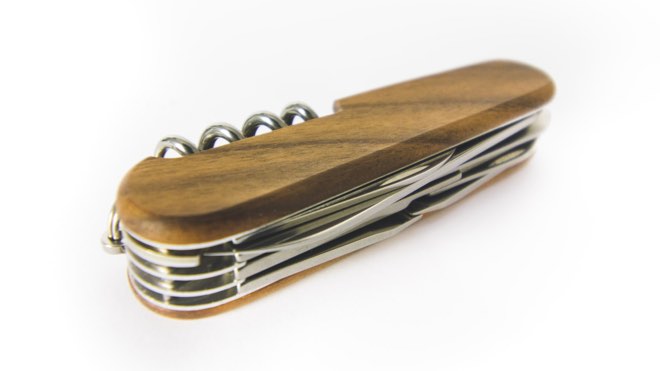
Writing a Clinical Evaluation Report (CER) is one of the most demanding aspects of preparing a medical device submission under the EU MDR. It calls for a comprehensive appraisal and analysis of all clinical evidence relating to the subject device, along with an objective analysis of data relating to the clinical background and comparable alternative devices.
Video 1: Five common pitfalls when writing a Clinical Evaluation Report
Because of the breadth of ground each CER needs to cover, they invariably become weighty documents often running to hundreds of pages. As a result, it’s very easy to become lost. It’s therefore vital to know how to structure the document and keep track of all the different sections.
Luckily, there are several resources available to help. Not everything out there is authoritative or reliable, so in this article we outline 5 of the most useful and trustworthy resources to use when writing a medical device CER.
Resource 1 - The MDR itself
The old phrase “talk to the organ grinder, not the monkey”
is as applicable to medical device regulation as it is elsewhere in life. The MDR may not be the easiest document to work with, but there’s little substitute for going directly to the legislative source for direct guidance on requirements for CERs. The most relevant sections are:
- Article 61 - which sets out core rules and expectations for Clinical Evaluation
- Annex XIV Part A - which provides a line-by-line top-level overview of expected contents
While it would be improper to expect detailed guidance from the MDR, the highlighted sections provide the backbone around which the other resources fit, so it’s vital to understand them. The good news is that we’ve made working with the MDR easier than ever - download our free Mastering the MDR White Paper to see what we mean.
Resource 2 - MedDev 2.7/1 rev 4
MedDev 2.7/1 rev 4 was the go-to resource for CERs under the MDD. It’s one of several official medical device guidelines produced directly by the Commission and can therefore certainly be regarded as authoritative. It’s also comprehensive and addresses many aspects of performing Clinical Evaluation in detail.
The major drawbacks to the MedDev are that it is difficult to work with and, vitally, hasn’t yet been updated to reflect changes introduced by the MDR. As a result, it’s no longer the bulletproof resource that it used to be. It also fails to provide any guidance on the use of language and styling, meaning that it’s easy to still feel ‘out at sea’ even after reading it.
Having said all that, it continues to be a useful resource even allowing for its outdated status. While it would be a mistake to rely on MedDev 2.7/1 rev 4 in isolation, it should still be part of your CER arsenal. As to whether it’s likely to be updated any time soon - unfortunately, that remains an open question for now.
Resource 3 - MDCG 2020-13
Written by the Medical Device Coordination Group, the set of MDCG Guidelines comprise a useful set of guidance that generally focus on specific aspects of medical device regulatory activities. They are useful for multiple activities including PMCF and planning and implementing clinical investigations.
MDCG 2020-13 is especially interesting since it provides a template for a Clinical Evaluation Assessment Report. In other news, it can be thought of as providing the ‘marking sheet’ that Notified Bodies will use when assessing a CER. It’s a great way to validate an existing draft CER and a useful resource to incorporate into planning; accordingly, MDCG 2020-13 is a must-have resource that is free to download and relatively easy to work with.
Resource 4 - Other MDCG guidelines
MDCG 2020-13 isn’t the only MDCG guideline that can be helpful during Clinical Evaluation. Depending on the circumstances, there are two others that are worth downloading if they are relevant to your device:
- MDCG 2020-6 - Provides specific guidance for performing Clinical Evaluation on legacy devices - i.e. those previously CE-marked under the MDD
- MDCG 2020-5 - Offers detailed guidance on making a claim of equivalence
As with the other MDCG guidelines, these are free to download and definitely worth reading through if relevant to your device.
Resource 5 - CER Templates
Video: Clinical Evaluation services from Mantra Systems
Even with all of the above resources available, writing a CER can still be a daunting prospect. Many people therefore reach for CER templates, with many of varying quality available on the internet. Beware - using the wrong template will seriously derail the Clinical Evaluation process. It’s imperative that the template will enable the production of a CER that will meet requirements, otherwise it’s a waste of time and money.
The good news is that we have made our proprietary CER Template available to download. This unique 64-page template offers unparalleled levels of guidance for writing CERs for any type of medical device. Fully updated to reflect all the latest requirements, our template goes way beyond any other and includes:
- line-by-line guidance on all parts of every CER section
- illustrative examples, showing not just what to write, but how to write it
- sections of ‘device agnostic’ text that can be transposed directly into your CER
- a lifetime of free updates, meaning you’ll always be in possession of the latest guidance reflecting any changes in the industry
Read more about our CER Template. Alternatively, we offer a personalised CER-writing consulting service so please get in touch with any questions you may have.



